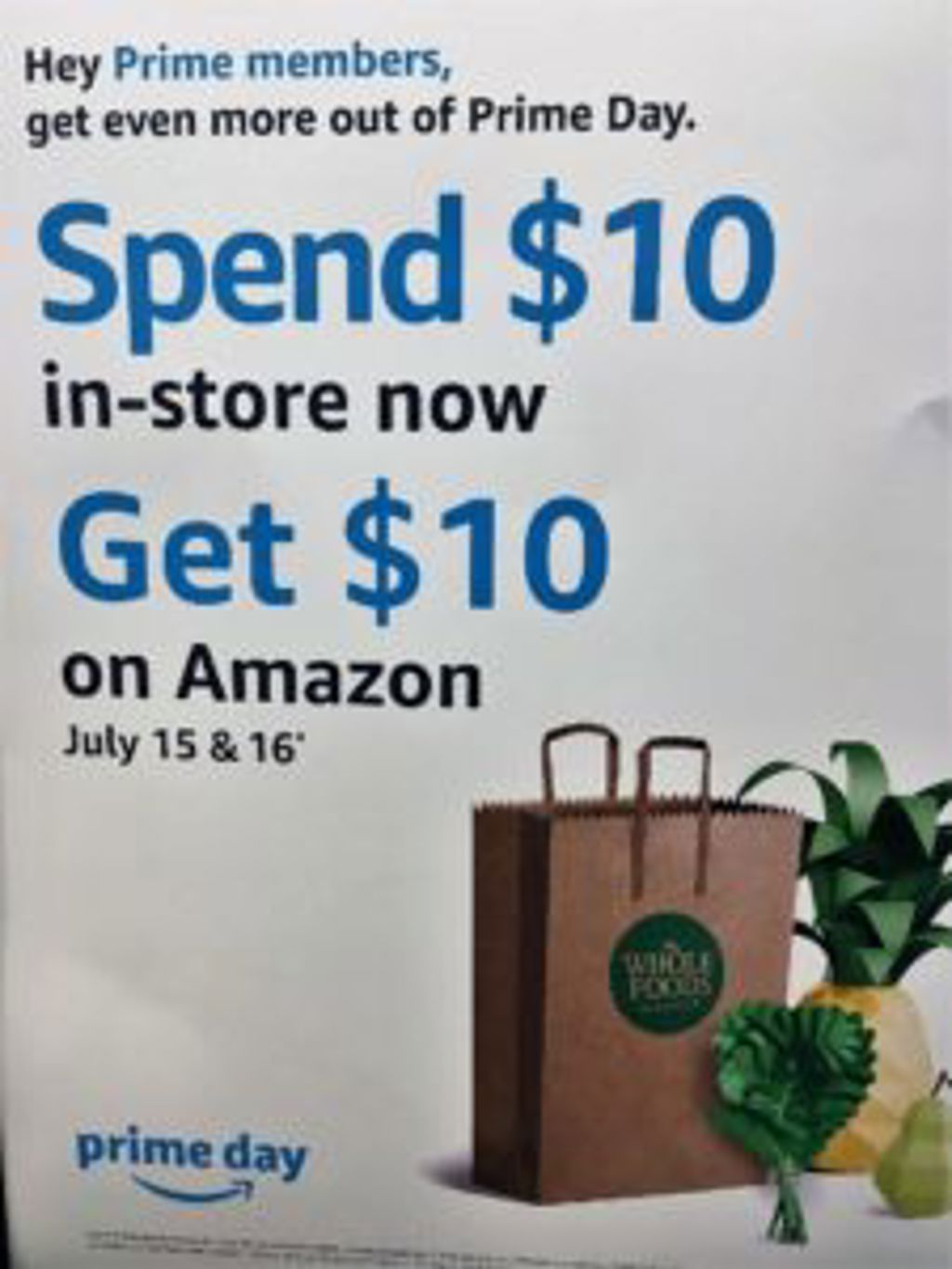Amazon’s fifth edition of Prime Day will take place from July 15-16, 2019, featuring discounts and promotions on a wide range of products and services. Since the first Prime Day in 2016, it has become a global shopping event.
Prime members in 18 countries will have access to the sale, including for the first time this year in the United Arab Emirates. Its growing significance highlights the importance of retailer-created shopping holidays globally.
Why does Amazon do Prime Day?
Prime Day is part of a growing group of retailer-created holidays, which includes both large and smaller events including Alibaba’s Singles Day and Wayfair’s Way Day. These holidays are created by individual retailers and are usually unaffiliated with a broader cultural or religious holiday or season.
Retailers that offer them often time the event so that a retailer-created holiday takes place during an otherwise slow time of year – such as Prime Day, situated between the popular Memorial Day and Back to School shopping seasons in the US. Another benefit is that unlike times of year that are busy across the retail sector, such as Black Friday, there is less competition over resources with other retailers. For example, third-party logistics companies are often near or at capacity during major holiday seasons, but generally have plenty of capacity during the times of year retailers host their own holidays.
Beyond driving sales, Amazon has two main objectives for Prime Day: to drive new Prime memberships and to further integrate existing Prime members into the Amazon ecosystem. In a press release following Prime Day 2018, Amazon divulged that “Amazon saw more new Prime sign-ups on July 16 than any other day in the company’s history”, and sales of Amazon devices – such as the Fire TV and Echo – attained similar achievements.
In the US, Prime Day 2019 will also feature deals for Prime members at Amazon-owned brick and mortar locations, including at Amazon Books and Whole Foods stores, encouraging Prime members to shop across Amazon channels.

Whole Foods stores feature Prime Day ads in the lead-up to Prime Day 2019.
Source: Euromonitor International
What should other retailers do to compete?
Other retailers should take advantage of Prime Day to benefit their own sales and more importantly, drive their own strategic initiatives. Retailer-created holidays generally focus on promoting the value proposition of that retailer; in the case of Amazon, this means highlighting the benefits of Prime. Competitors should focus on clearly communicating their own unique strengths. Retailers that have developed sophisticated omnichannel capabilities, for example, should highlight these capabilities on Prime Day. Some ways to achieve this, include offering promotions on products people prefer to see and touch in person before buying and promoting solutions such as click and collect.
Retailers should also take inspiration from the ways Amazon uses Prime Day to drive Prime memberships and engagement. Few retailers may have the capacity for programs like Amazon Prime, but most have some variation of loyalty programs, subscriptions, or recurring touchpoints like email newsletters. Retailers should tailor their strategies for competing to drive sign-ups for these initiatives and reward existing members.
How should product manufacturers leverage the holiday?
Product manufacturers should develop their own holiday strategies. Like retailers, product companies should know the most relevant shopping holidays for their products, and use them to look for ways to drive their own strategic initiatives. Manufacturers can use occasions like Prime Day for objectives such as gathering feedback on new products, experimenting with creative packaging and gift sets, and using the buzz around holidays to drive their own direct-to-consumer sales.
